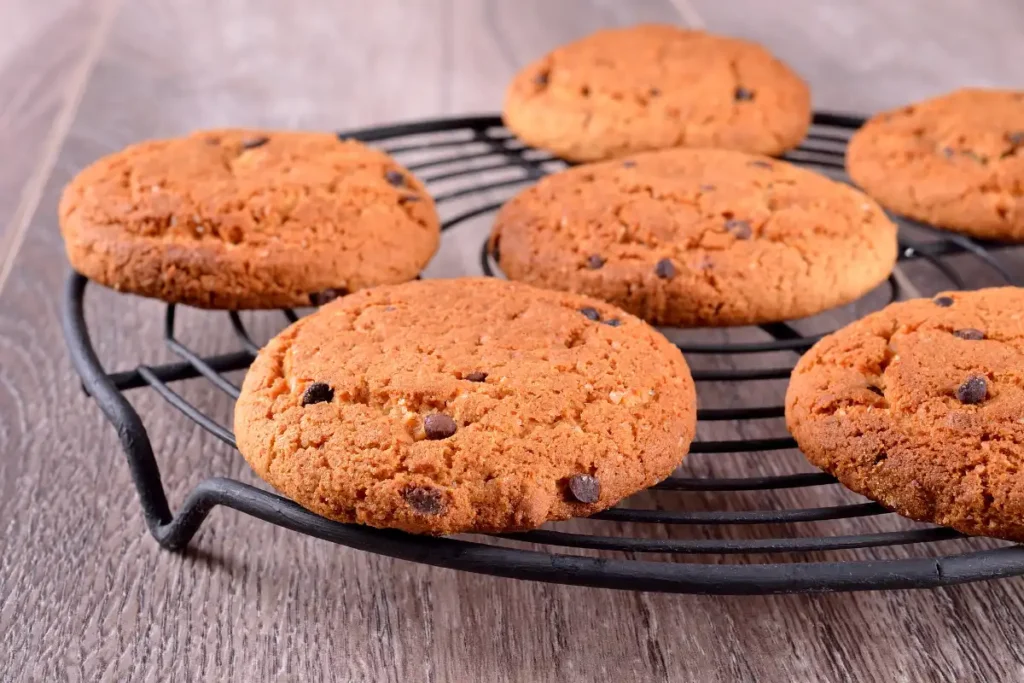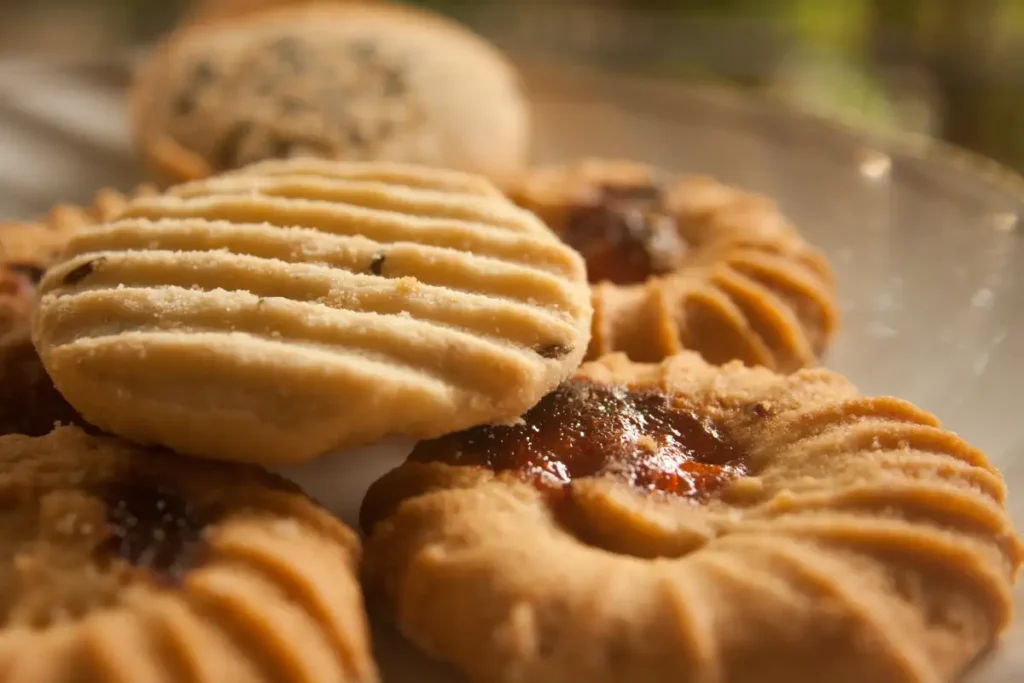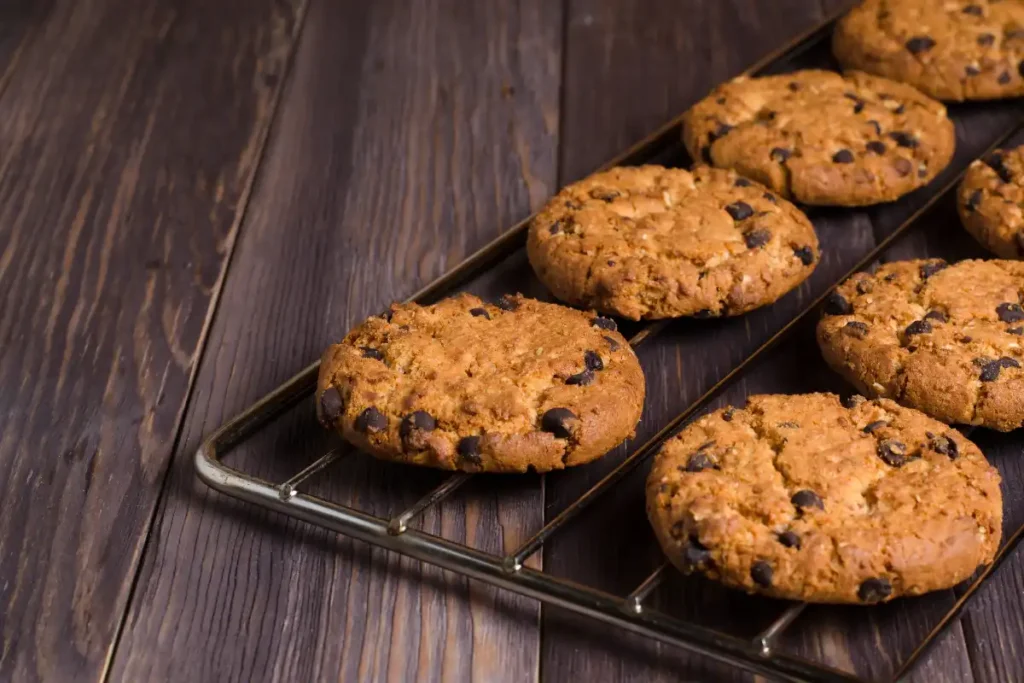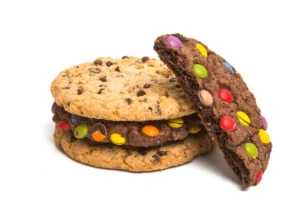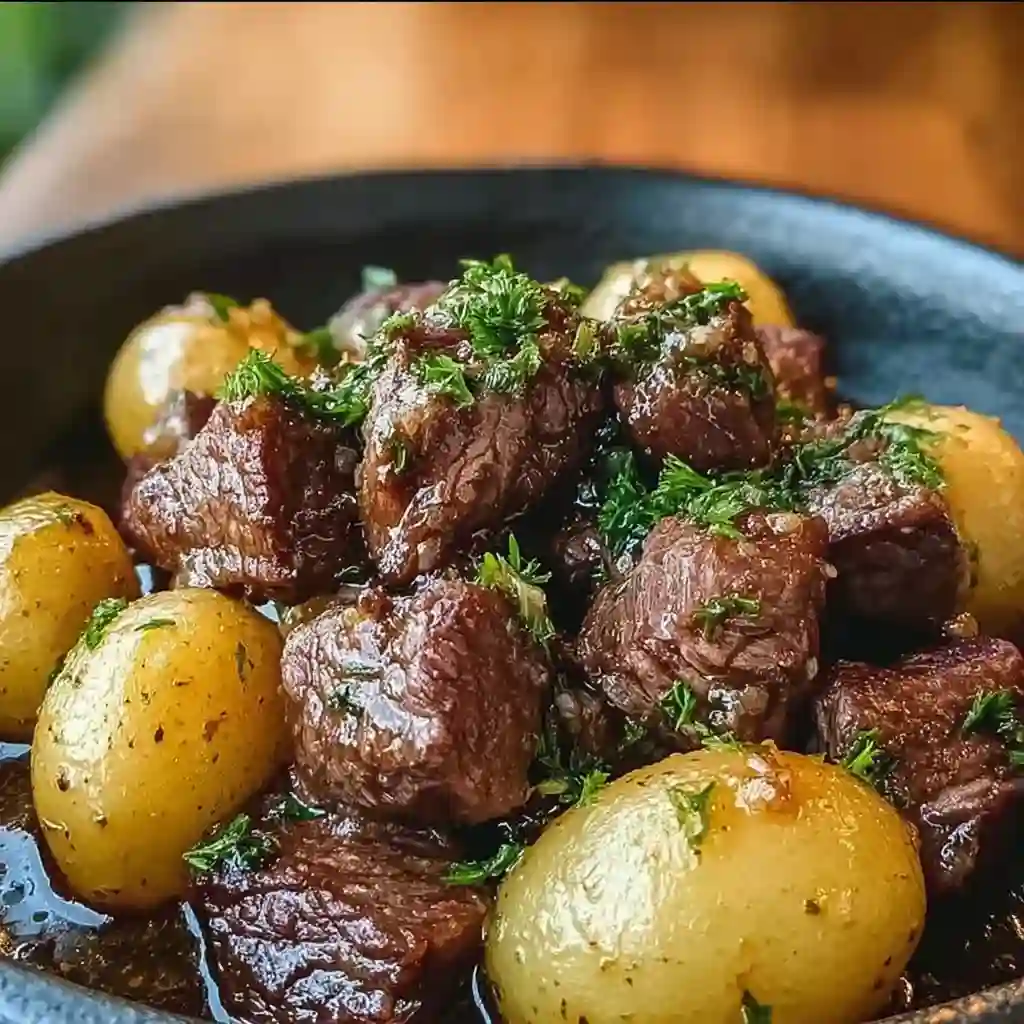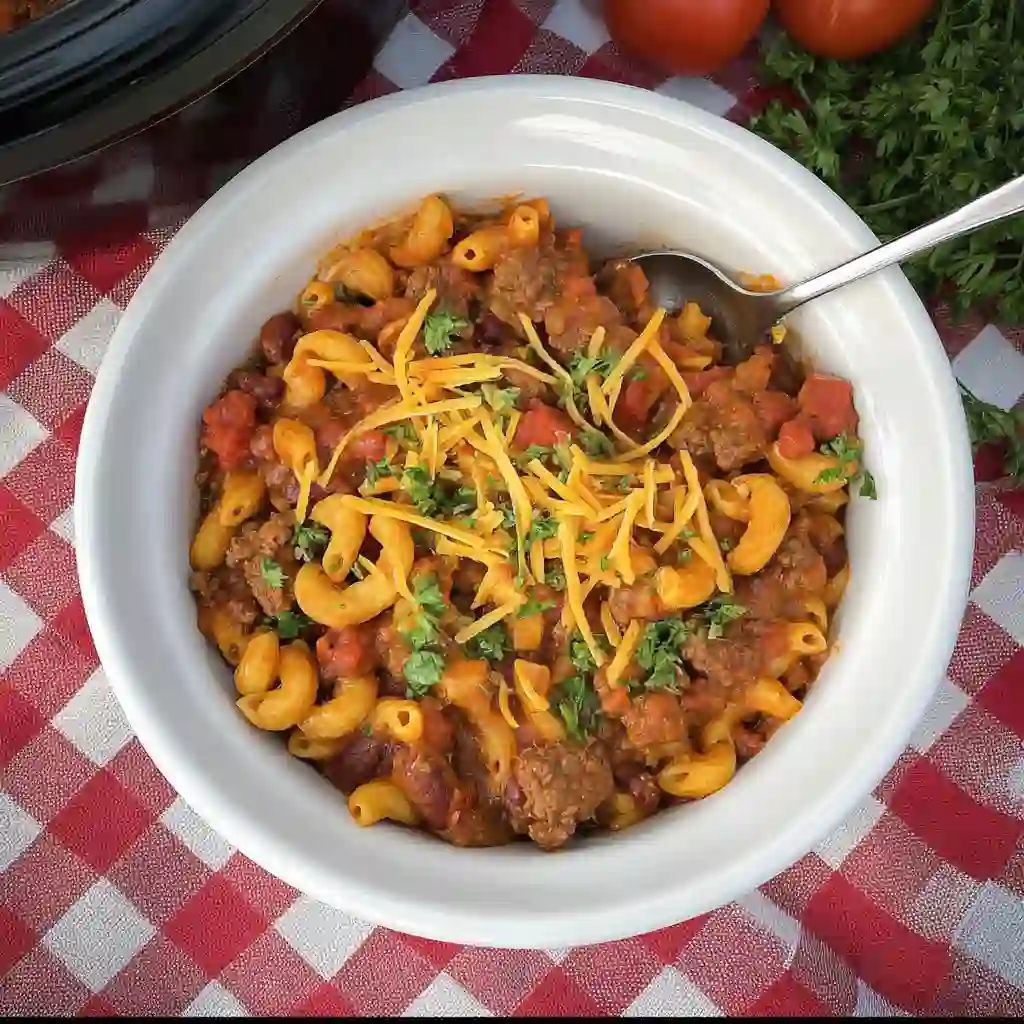Welcome to our article on the secrets behind fluffy biscuits! If you’ve ever wondered why biscuits have that light and tender texture, you’re in the right place. We’re about to uncover the science behind achieving the perfect biscuit texture and share some baking techniques that will take your biscuits to new heights. So, get ready to learn the secrets and master the art of fluffy biscuits!
Key Takeaways:
- Understanding the science behind fluffy biscuits
- The role of leavening agents in making biscuits rise
- Incorporating cold fats for a light and airy texture
- Proper mixing and kneading techniques for fluffy biscuits
- Baking secrets to ensure perfect biscuit texture
The Science Behind Fluffy Biscuits
In this section, we will delve into the fascinating science behind creating fluffy biscuits. To achieve the perfect light and airy texture, it’s important to understand the key factors at play and the techniques that contribute to biscuit perfection. Let’s explore the secrets to achieving biscuit greatness!
The Role of Leavening Agents
One of the essential elements in biscuit rising is the use of leavening agents, such as baking powder or baking soda. These agents react with moisture and heat to release carbon dioxide gas, causing the biscuits to rise. Getting the right balance of leavening agents is crucial to achieving that fluffiness we all crave in our biscuits.
Incorporating Cold Fats for Texture
Another key factor in achieving fluffy biscuits is incorporating cold fats, such as butter or shortening, into the dough. The cold fats create pockets of steam as they melt during baking, resulting in a light and tender texture. Be sure to use chilled fats to achieve the best results.
Choosing the Right Ingredients
Choosing the right ingredients is crucial for achieving maximum fluffiness in your biscuits. Use high-quality all-purpose flour, which has the perfect balance of protein content for tender biscuits. Additionally, consider using buttermilk instead of regular milk for added tanginess and tenderness. Don’t forget a pinch of salt to enhance the flavors!
Fluffy biscuit tips: Incorporate cold fats, choose high-quality ingredients, and master the art of leavening agents to create the fluffiest biscuits.
Techniques for Fluffy Biscuits
In this section, we will share practical techniques for creating fluffy biscuits that are sure to impress. Achieving the perfect fluffy biscuit texture requires proper mixing and kneading techniques. Consistency is key! Ensure that all ingredients are evenly combined, but be careful not to overmix, as this can result in tough biscuits. For the fluffiest results, gently knead the dough until it comes together, being mindful not to overwork it.
Another technique that can take your biscuits to new heights is using folding and layering techniques. These techniques involve incorporating cold fats, such as butter or shortening, into the dough. As the biscuits bake, the fats melt, creating pockets of steam that help the biscuits rise and develop that light, airy texture we all love. To achieve this, gently fold the dough over itself multiple times, creating layers that will result in flaky biscuits. If you’re curious about other biscuit styles, like the large and tender cathead biscuits, exploring their origins can provide additional insights into biscuit-making techniques.
Now that you have the techniques for achieving fluffy biscuit perfection, it’s time to put them into practice. Remember to handle the dough with care, mix and knead it properly, and use the folding and layering techniques to create those buttery, flaky layers. With these tips and tricks, you’ll be well on your way to biscuit greatness! And if you’re interested in learning more about the different types of biscuits and their recipes, further exploration can enhance your baking repertoire.
Biscuit Baking Secrets
In this section, we will let you in on some top-secret biscuit baking tips. From the perfect oven temperature to the ideal baking time, we will guide you through the key factors that contribute to fluffy biscuit success. We will also address common pitfalls to avoid, ensuring your biscuits turn out light and tender every time. Get ready to impress your family and friends with your newfound biscuit expertise.
The Perfect Oven Temperature
One of the secrets to making biscuits fluffy is baking them at the right temperature. Preheat your oven to 450°F (230°C) before placing your biscuit dough inside. The high heat will create a burst of steam, resulting in a quick rise and a light, airy texture. Keep a close eye on your biscuits while they bake, as oven temperatures can vary.
The Ideal Baking Time
Timing is crucial when it comes to achieving fluffy biscuits. Bake your biscuits for 10-12 minutes or until they turn golden brown. Overbaking can lead to dry and dense biscuits, so it’s important to remove them from the oven when they are just right. Don’t hesitate to use a toothpick to test the center of the biscuit for doneness.
Common Pitfalls to Avoid
- Avoid overmixing your biscuit dough. Overmixing can lead to gluten development, resulting in tough biscuits.
- Don’t skimp on using cold fats, such as butter or lard. Cold fats help create pockets of steam, making the biscuits light and fluffy.
- Resist the temptation to flatten the dough too much. Pat it gently to the desired thickness, as excessive flattening can prevent the biscuits from rising properly.
- Avoid lifting the oven door frequently while the biscuits are baking. The sudden temperature changes can interfere with their rise.
By following these biscuit baking secrets, you’ll be well on your way to making biscuits as fluffy as a cloud. Experiment with different techniques, oven temperatures, and baking times to find the perfect combination that suits your taste. With practice and patience, you’ll discover the joy of producing homemade biscuits that are irresistibly fluffy and delicious.
| Tip | Description |
|---|---|
| Use buttermilk | Incorporating buttermilk into your biscuit dough will result in a tangy flavor and tender texture. |
| Keep ingredients cold | Chill your butter, buttermilk, and even mixing bowl to keep the dough cold, resulting in flakier biscuits. |
| Don’t twist the cutter | When cutting out the biscuits, press the cutter straight down and avoid twisting it. Twisting can bind the layers together and inhibit the rise. |
Conclusion
In this article, we have uncovered the secrets to baking the fluffiest biscuits. By understanding the science behind biscuit texture and implementing the right techniques, you can achieve biscuit perfection. Now, armed with knowledge, it’s time to put it into practice with our fluffy biscuit recipe.
To create the fluffiest biscuits, begin by preheating your oven to 450°F (230°C). In a large bowl, combine 2 cups of all-purpose flour, 1 tablespoon of baking powder, and 1 teaspoon of salt. Add 1/4 cup of cold butter and cut it into the dry ingredients until the mixture resembles coarse crumbs.
Slowly pour in 3/4 cup of cold milk, mixing until just combined. Be careful not to overmix, as this can result in tough biscuits. Turn the dough out onto a lightly floured surface and gently knead it a few times to bring it together.
Next, roll the dough out to a 1-inch thickness and cut out biscuits using a round biscuit cutter. Place the biscuits on a baking sheet, leaving some space between each one. Bake for 10-12 minutes, or until the biscuits are golden brown on top.
Once baked, remove them from the oven and let them cool slightly before serving. These fluffy biscuits are perfect for slathering with butter, jam, or gravy. Enjoy the fluffiest biscuits you’ve ever tasted!
FAQ
What makes biscuits more fluffy?
Biscuits become more fluffy due to the incorporation of a leavening agent, typically baking powder or baking soda, which releases carbon dioxide gas into the dough as it bakes. This gas expands, creating airy pockets and giving the biscuits their fluffy texture. The technique of mixing and handling the dough also plays a crucial role; minimal handling and gentle kneading prevent the development of gluten, which can make biscuits tough rather than fluffy.
What is the secret to a good biscuit?
The secret to a good biscuit lies in the balance of ingredients and the method of preparation. Using cold fats, like butter or shortening, cut into the flour helps create tender, flaky layers as the fat melts during baking. The dough should be handled as little as possible to avoid overworking the gluten, which can result in tough biscuits. Additionally, using the right amount of a leavening agent ensures a good rise, contributing to the biscuit’s overall texture and flavor.
What ingredient makes biscuits rise?
The ingredient that makes biscuits rise is a leavening agent, most commonly baking powder. Baking powder is a combination of an acid (usually cream of tartar) and a base (usually baking soda) that reacts with moisture and heat to produce carbon dioxide gas. This gas gets trapped in the dough, causing it to rise and expand, resulting in light and airy biscuits. Some recipes may also use baking soda, especially if there is an acidic component like buttermilk in the dough, to aid in the rising process.
What is the difference between flaky and fluffy biscuits?
The difference between flaky and fluffy biscuits primarily lies in their texture. Flaky biscuits have distinct layers and a crisper exterior, achieved by folding the dough multiple times to create layers of fat and dough. This technique is similar to making puff pastry or croissants. On the other hand, fluffy biscuits are soft and tender throughout, with a more uniform crumb. The fluffiness is achieved by incorporating a leavening agent and mixing the dough just enough to combine the ingredients without overworking it, ensuring the biscuits are light and airy inside.

